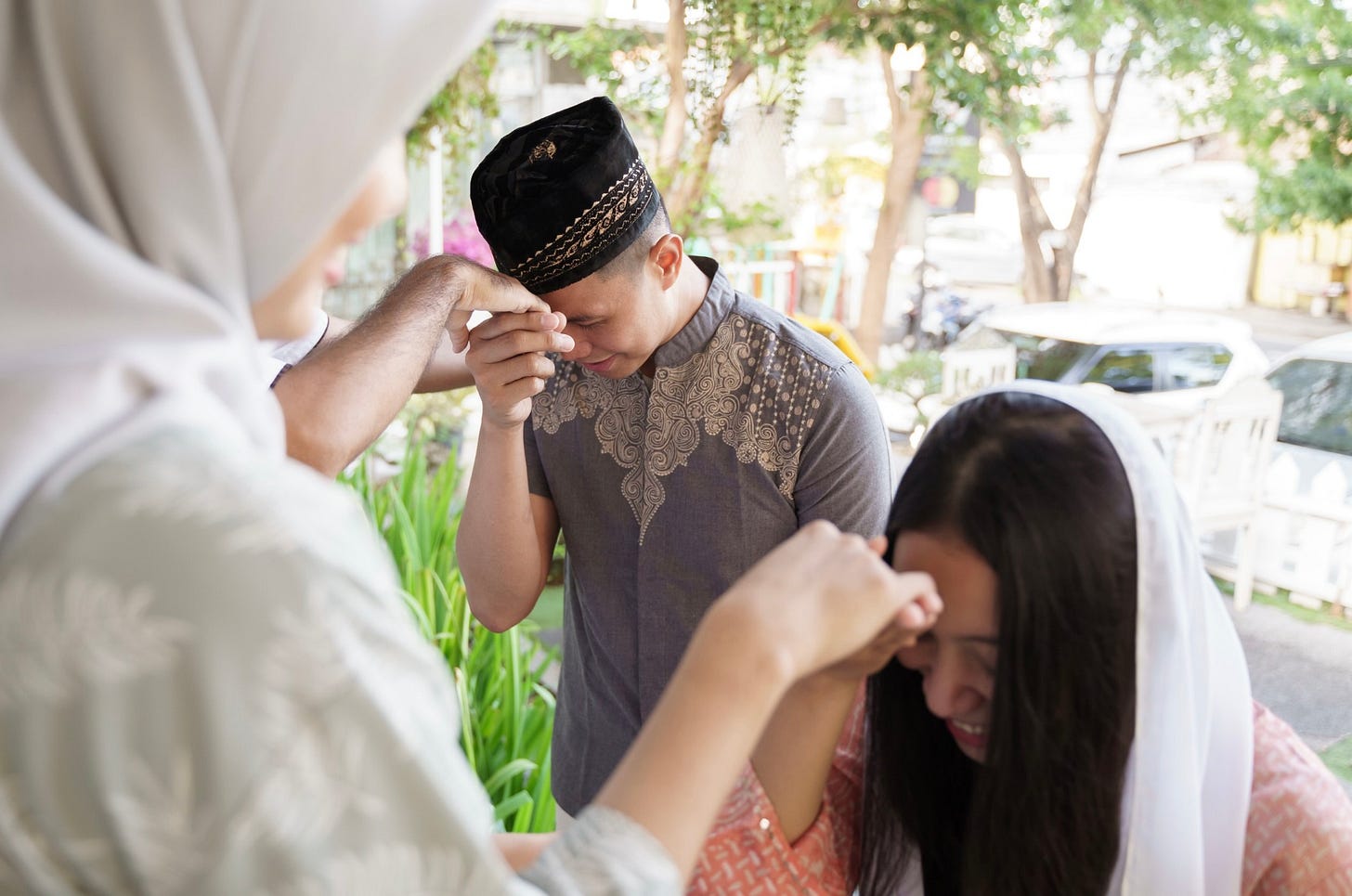The Global Hunt for Elder Caregivers
The U.S. is headed towards an elder care crisis. But where there’s a problem, America often finds a capitalistic solution.
A friend recently reached out in distress. Her uncle, who had been the primary caregiver for their grandfather, wanted to step down. Now the family was left angry, frustrated, and scrambling to find another home and caretaker for their 96-year-old relative. This story is not unique. The United States is inching toward an elderly caregiving crisis. Even Vice President Kamala Harris and President-elect Donald Trump have highlighted this issue on the campaign trail, promising ambitious solutions such as expanding Medicare to include long-term in-home care.
The elderly care crisis isn’t limited to the U.S.; it's a global issue. Countries with aging populations like Japan, Italy, Greece, and Spain have been grappling with the same challenge for years. Their solutions often rely on overseas labor to fill the caregiver gap. As the U.S. faces its own caregiving shortfall, looking at these nations can provide insight into how they’ve navigated similar challenges—and how they might inform America's future.
The Global Caregiving Crisis
In many developed nations, caregiving has become a serious challenge due to shifting demographics. People are living longer, and birth rates are declining, which means fewer younger people are available to care for an aging population. In Japan, for instance, more than 28% of the population is over 65, making it the world’s oldest society. Europe is facing similar issues, particularly in southern countries like Italy, Greece, and Spain, where the proportion of elderly citizens is steadily increasing.
Caregiving is expensive. In the U.S., nursing homes and home care can cost upwards of $100,000 per year (I couldn’t believe the price either), and that's if you can find the labor. Caregiving requires not only physical labor but also emotional resilience, patience, and often specialized medical knowledge. The problem isn’t just the cost; it's also the availability of skilled workers.
Global Labor Solutions: Japan and Spain’s Approaches
Countries facing this problem have turned to overseas labor as a solution. Japan, for example, has actively recruited caregivers from Southeast Asian nations like the Philippines, Indonesia, and Vietnam. Under Japan’s Economic Partnership Agreements (EPAs), workers from these countries can enter Japan, receive training, and work as caregivers. The country’s elderly care workforce now heavily relies on this overseas talent pipeline.

But this solution has not come without challenges. One of Japan’s biggest hurdles in its caregiving industry is the integration of foreign workers, particularly Filipino migrants. Many of these women entered caregiving to improve their social standing and break free from stereotypes, yet they still face discrimination from Japanese staff and endure social stigma. Language barriers and limited resources make it harder for them to advance in their roles, even though they play a crucial part in addressing Japan’s labor shortage. Educational programs aim to address these language barriers.
Spain has also recruited overseas caregivers, mostly women from Latin America. Countries like Honduras and Guatemala have been consistent sources of labor for Spain’s elderly care sector. Language compatibility and ease of integration into Spanish society make Latin American workers particularly well-suited for these roles. In Spain, this reliance on migrant labor has become crucial as the country’s birth rate remains one of the lowest in Europe.
Are Some Cultures Better at Elder Care?
While this is subjective, many point to cultural values that emphasize family, respect for elders, and a sense of duty toward older generations. In regions like Southeast Asia, Africa, and Latin America, family caregiving is deeply rooted in tradition. This may explain why workers from these areas are often sought after for elder care roles in countries like Japan and Spain. These cultural values foster a strong sense of commitment, patience, and respect in caregiving, making them a natural fit for the demanding emotional labor the role requires.

Additionally, many families prefer female caregivers for elderly relatives. This preference may stem from the nurturing role women traditionally play in many cultures, where caregiving—both within and outside the family—has historically been seen as a woman’s responsibility. Studies suggest that women tend to exhibit higher levels of empathy and emotional intelligence, qualities that are critical for effective elder care.
Labor Cost Considerations
For countries seeking overseas labor, cost is a major factor. Caregiving roles are often low-wage and require long hours, making them less attractive to local workers, especially in wealthier nations. By recruiting workers from countries with lower average incomes, wealthier nations can keep costs down.
In Spain, migrant caregivers are often paid significantly less than domestic workers, but the wages are still higher than what they would earn in their home countries.
Where Should the U.S. Look? An Opportunity
The U.S. already has a history of recruiting overseas labor in agriculture and nursing, and similar frameworks could be developed for caregiving. Countries like the Philippines, which already sends workers for nursing and teaching careers to the U.S., could be potential partners for caregiver recruitment. The U.S. may also look to Latin America, particularly Mexico and Central American countries, where there is already a well-established flow of labor for other industries.
However, potential cultural and language barriers should be considered. Caregiving often requires deep emotional and interpersonal connections, and workers who share linguistic, dietary, and cultural similarities with their clients may provide more effective care.
The Analysis
The elder care crisis in the U.S. presents a potential new market. Where there’s a problem, America often finds a capitalistic solution. By building labor pipelines from overseas and possibly channeling funds from Medicare and Medicaid, there are clear opportunities for public-private partnerships to emerge, filling the caregiving gap and creating sustainable economic opportunities.
Now You’re More Cultured Because…
…you understand that, for some communities, elder care is seen as a duty to older generations, deeply rooted in cultural traditions.
Save Money on Your Subscription?
Refer three friends and get one month for free.
Or, help us grow and gift a subscription to a friend.
Follow us on Instagram and LinkedIn: Connect with us for regular updates, behind-the-scenes snippets, and all the global savvy you crave.





